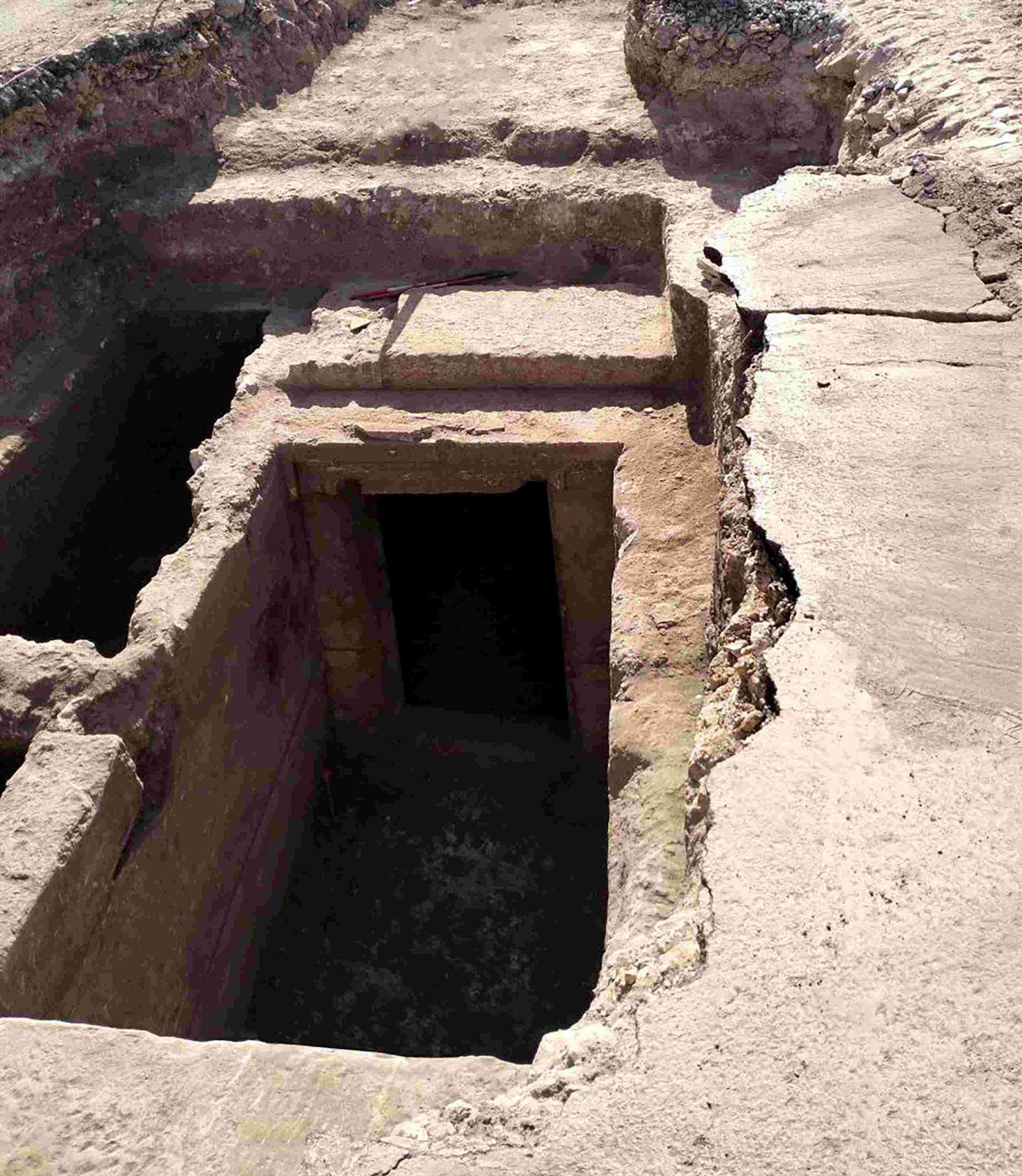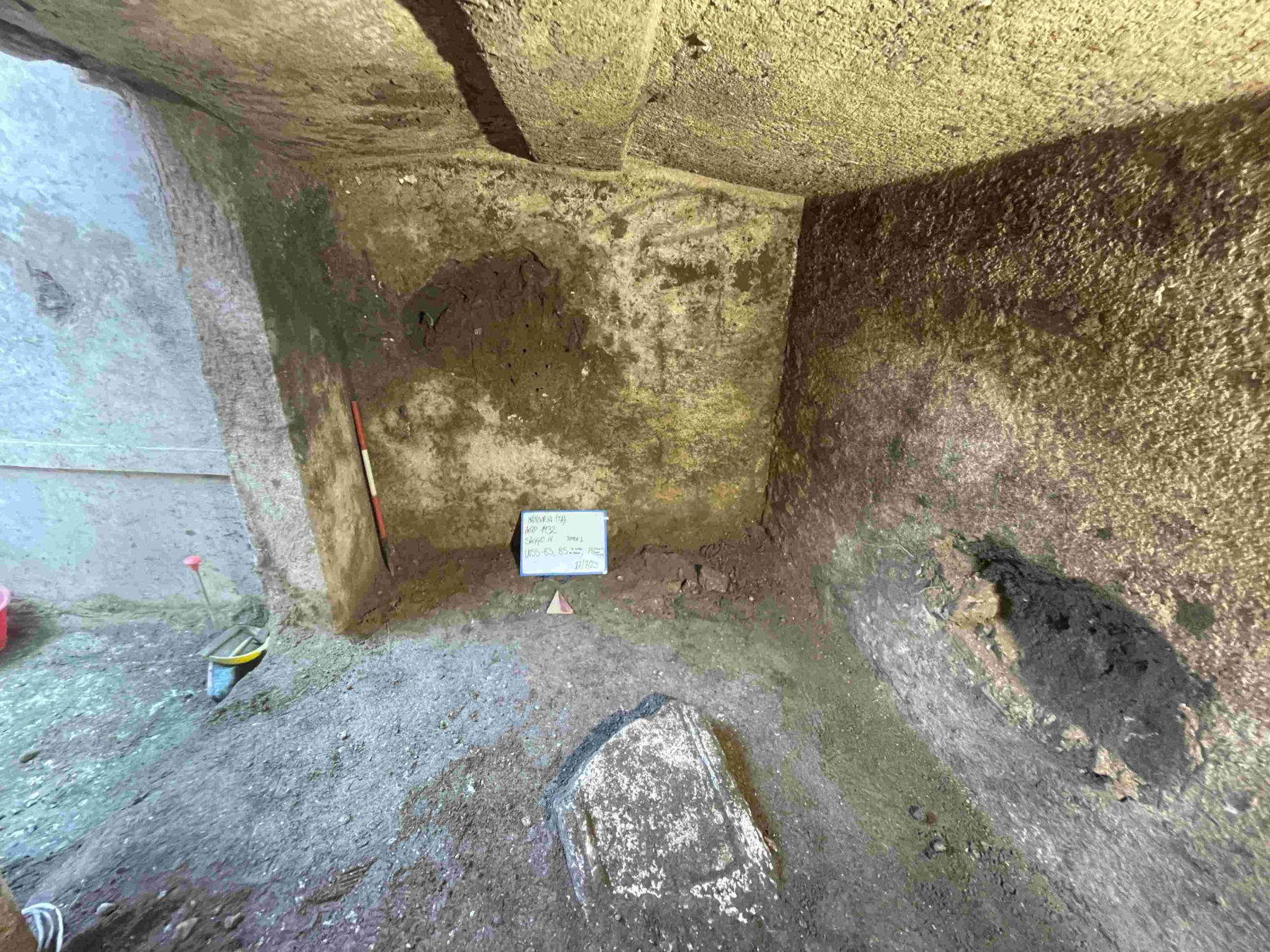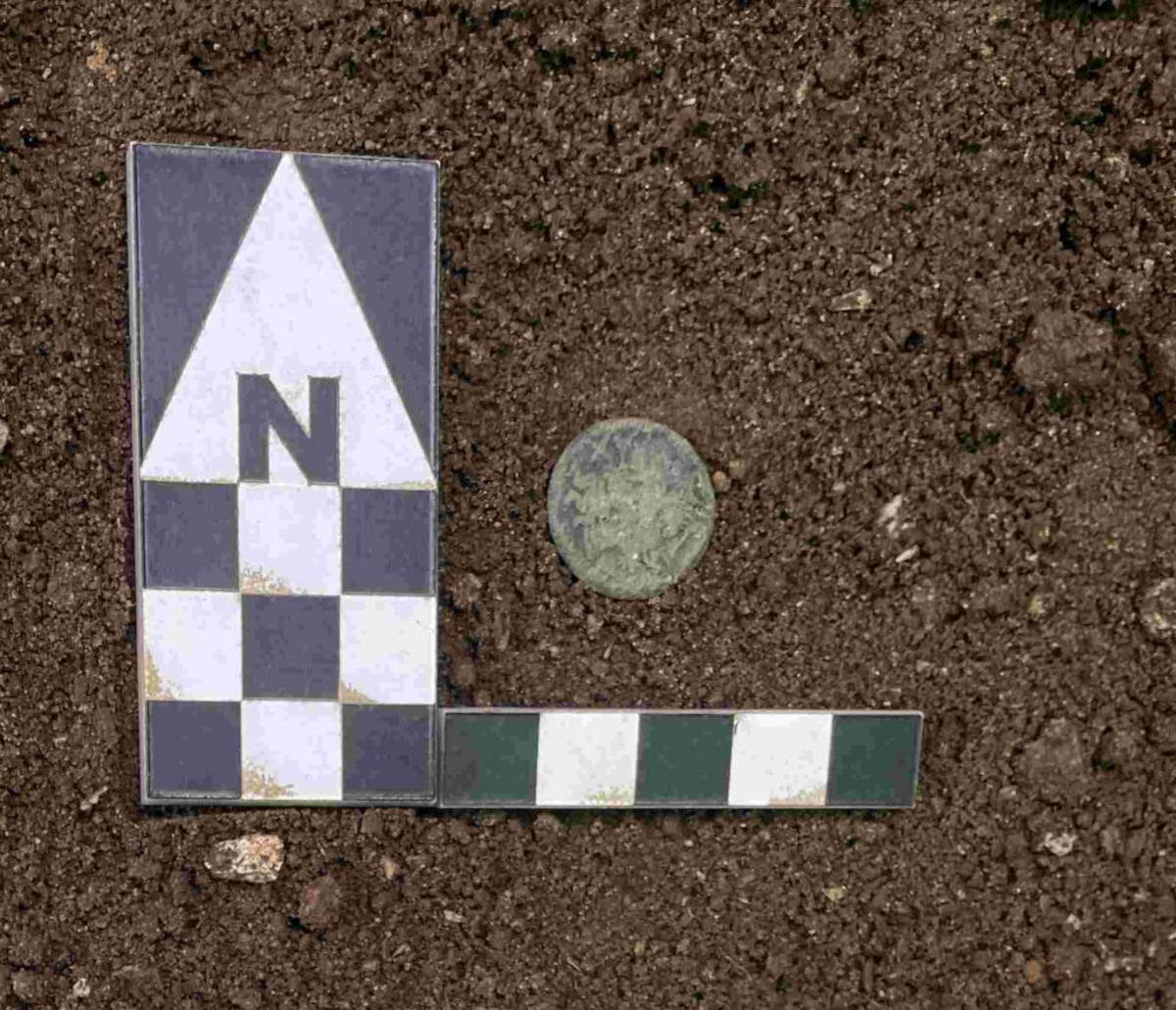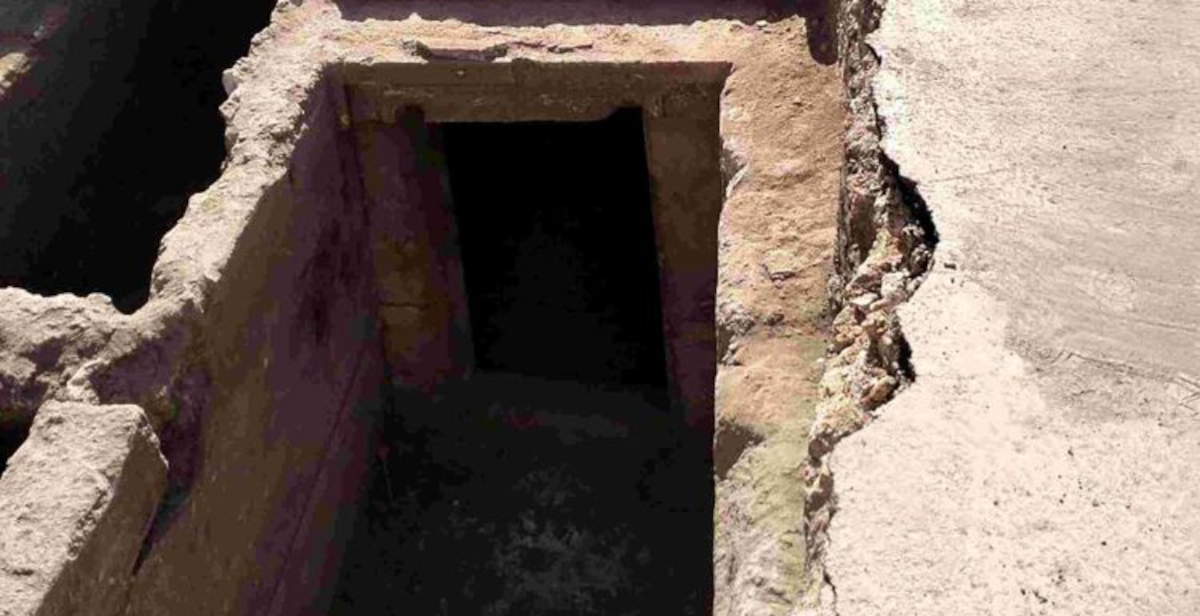A new archaeological discovery has emerged in Manduria, in the province of Taranto, during work on sewer trunks in via Scarciglia. Under the scientific direction of the Soprintendenza Archeologia Belle Arti e Paesaggio for the provinces of Brindisi, Lecce and Taranto, a chamber tomb from the Hellenistic period, datable to the fourth century B.C., was identified. The find fits into a funerary context already hypothesized by previous discoveries in the area and offers new elements for understanding Messapian funerary practices.
The burial, connected to a small funerary complex, is divided into two distinct rooms. The first room, which can be interpreted as a dromos or access antechamber, shows traces of red painted plaster, with a white band in relief running along the walls. Numerous ceramic objects were recovered inside in primary deposits, including vases, oil lamps, ointment jars and dishes, all dating to the fourth century BCE. The entrance to the actual burial chamber shows a molded entablature, a sign of an elaborate architecture probably intended for a deceased person of high rank. The entrance was originally closed by a double-leaf stone door, plastered red, of which several fragments have been found. Traces of painted plaster were also found inside the chamber, while on the south side four rectangular recesses carved into the bottom were observed, which can be interpreted as housings for a burial crib.

The excavation revealed signs of ancient tampering. In fact, perforations were found in the walls, probably made to intercept nearby burials. Through one of these openings archaeologists identified a second adjacent tomb, which from the outside still appeared to be sealed. Inside, however, no grave goods were found, likely already removed in ancient times. In the filling of the chamber, however, a Roman coin, a Republican denarius, was recovered, testifying to a frequentation of the area even after the tomb was built.
The Scarciglia Street area is thus confirmed as an extensive and structured funerary sector. Already at the end of 2024, during the same excavation operations for the sewer system, a core of eleven pit burials carved directly into the rocky bank had been identified. Today’s discovery helps to delineate more precisely the picture of Hellenistic Manduria and its funerary organization.


The activities were carried out in accordance with the provisions of the Procurement Code, with in-process archaeological assistance entrusted to the specialized firm Impact Soc. Coop. All operations were conducted under the scientific supervision of the Superintendency, with the aim of accurately documenting the context and safeguarding the finds.
The find also represents an example of institutional collaboration. Coordination between the Superintendency and Acquedotto Pugliese, which promoted the work, made it possible to reconcile infrastructural needs and heritage protection. The company worked in synergy with the authorities in charge, confirming the importance of integrating innovation and attention to archaeological heritage. To complete the investigations, a photogrammetric survey of the tomb is underway, aimed at creating a three-dimensional digital model. This tool will make it possible to preserve accurate documentation of the structure and will pave the way for possible forms of fruition through digital technologies, making the context accessible even outside the physical spaces of the excavation.
 |
| Manduria, Hellenistic chamber tomb found during work on sewerage system |
Warning: the translation into English of the original Italian article was created using automatic tools. We undertake to review all articles, but we do not guarantee the total absence of inaccuracies in the translation due to the program. You can find the original by clicking on the ITA button. If you find any mistake,please contact us.